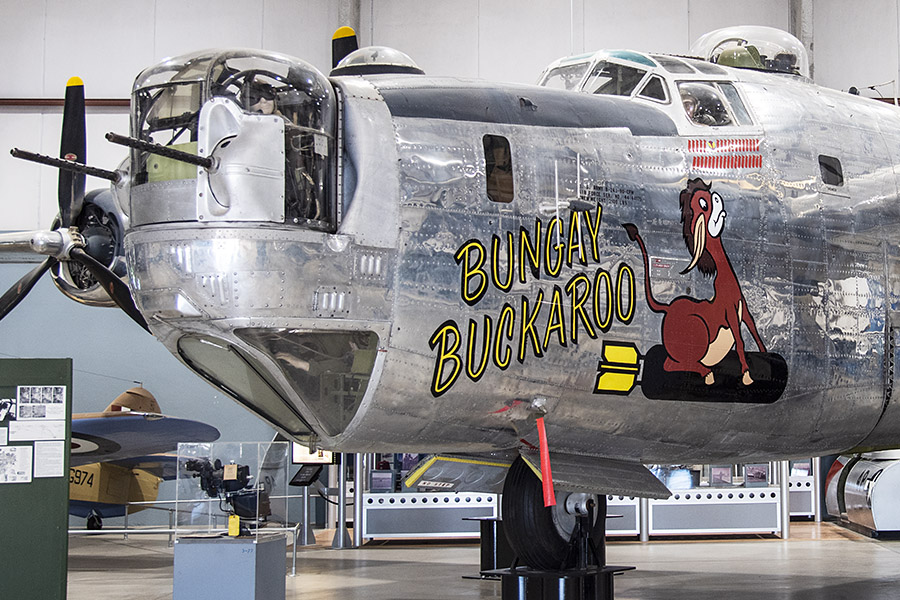We recently blogged about a visit to the Pima Air and Space Museum. This blog returns to that Tucson attraction with a feature on aircraft nose art.
Aircraft nose art goes back to at least 1913, when the Italians painted a sea monster on a flying boat. The aircraft nose art concept continued in World War I and really emerged as a folk art form in World War II. On US World War II aircraft this occurred primarily in the Army Air Corps (the Air Force was not yet a separate service). Nose art emerged again during the Vietnam War and continued in the Gulf wars. Today, even some commercial jetliners have it (most notably Southwest Air).
The Pima Air and Space Museum contains numerous nose art examples, a few of which I photographed during our recent visit. One aircraft with interesting and colorful nose is a B-24 that started life as a US aircraft and was later flown by the Indian Air Force. It’s the photo you see at the top of this blog.


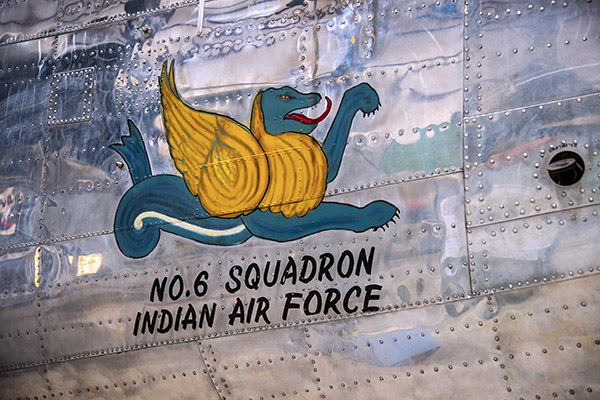
This nose art on a B-29 shows a map of North America.
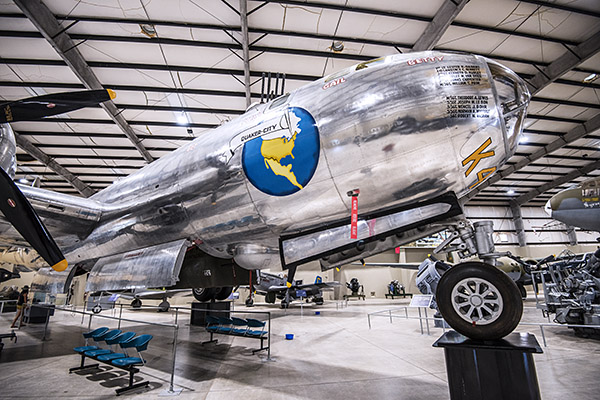
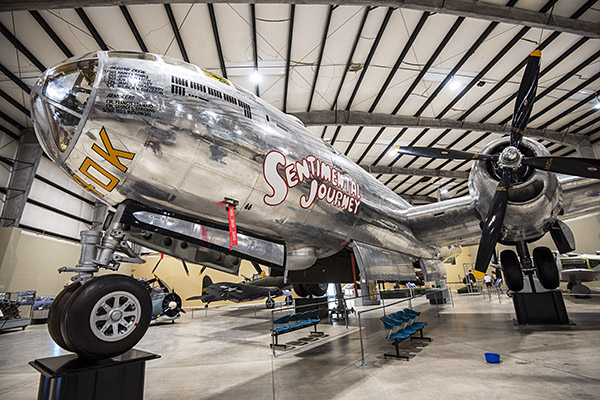
Political correctness today precludes pinup nose art, but it was prevalent in earlier times.
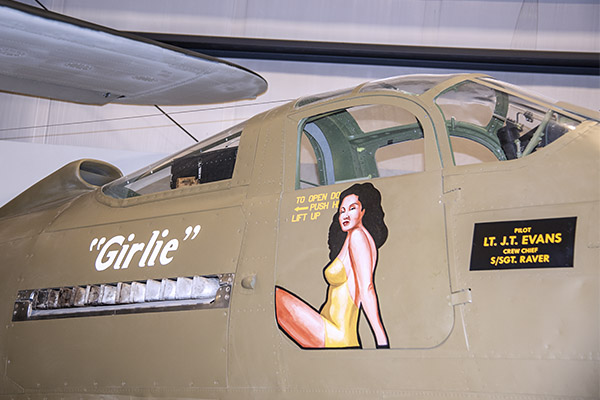
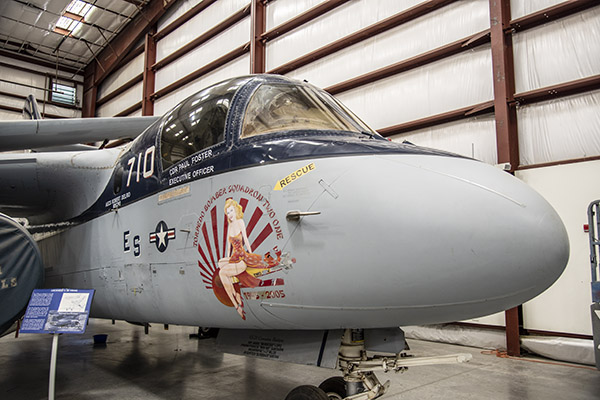
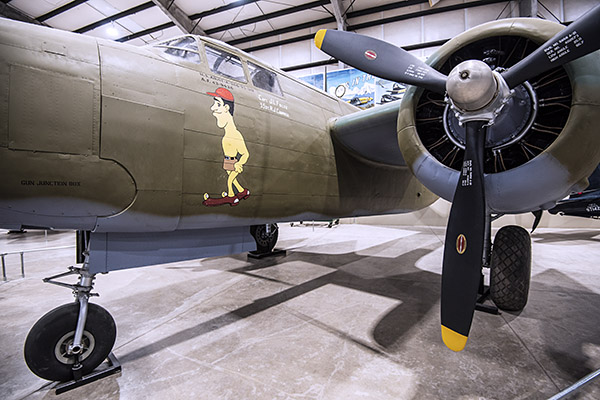
Nose art often featured animals. Here’s a interesting take on a Curtiss P-40 and an A-10 Warthog.
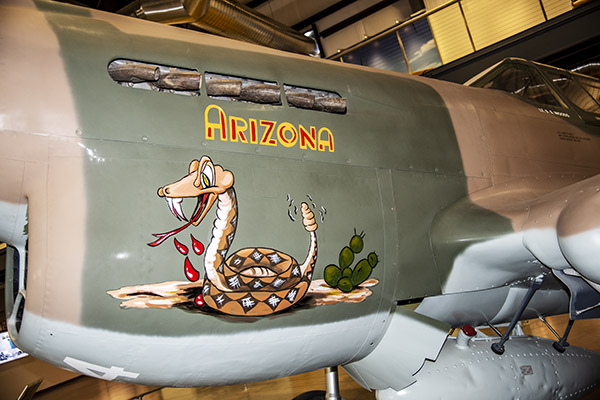
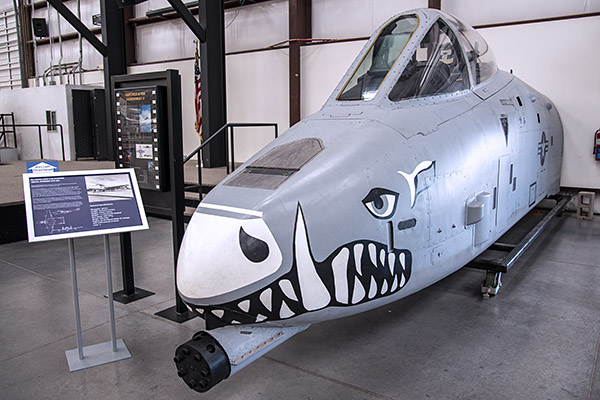
Gaping shark’s mouths with threatening teeth have adorned many combat aircraft including fighters, observation aircraft, electronic warfare aircraft, and helicopters.
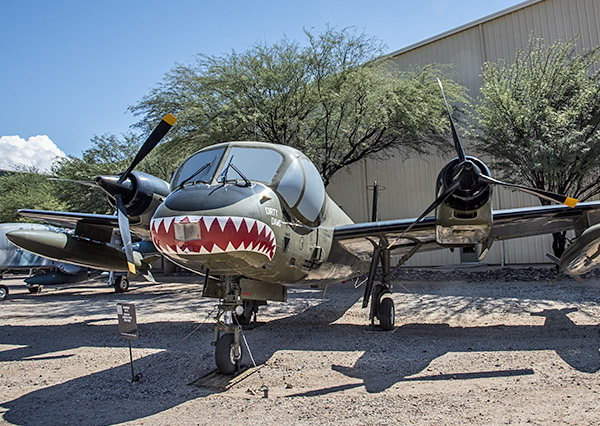
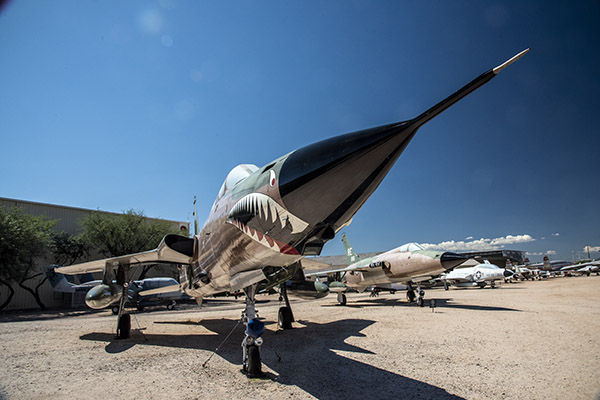

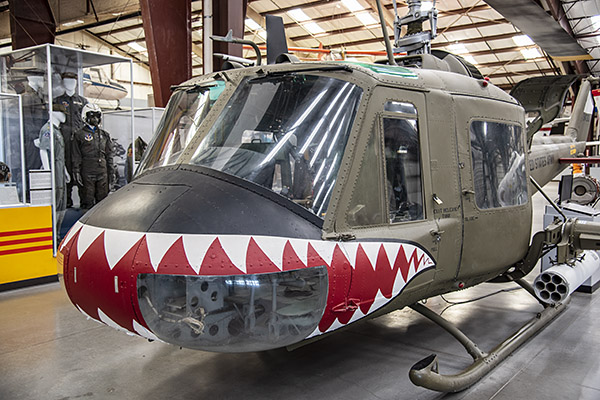
Here’s an interesting special ops helicopter with unusual nose art. Star Wars, as interpreted by a special ops team.
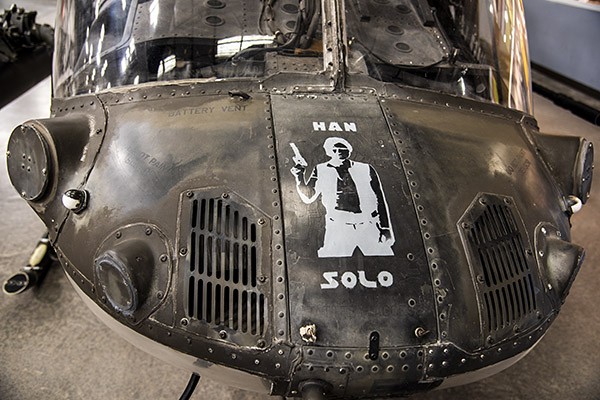
We’ll have another blog or three on the Pima Air and Space Museum. There’s just too much to fit into a single blog, so please stay tuned.
Please keep clicking on the popup ads. We get paid every time you do!
Never miss an ExNotes blog!

